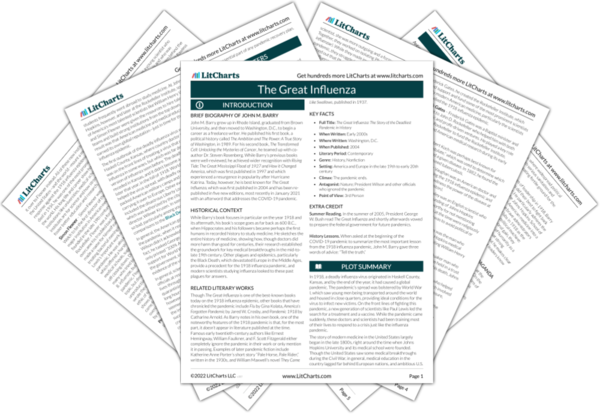Unlike some of the other issues presented in
The Great Influenza, where scientific ideas are often pitted against unscientific ones, the issue of nurses didn’t have clearly defined sides. On the one hand, nurses filled an important role and needed specialized training in order to be effective; on the other hand, however, the scope of the pandemic made nurses crucial, and there weren’t enough of them to go around.
